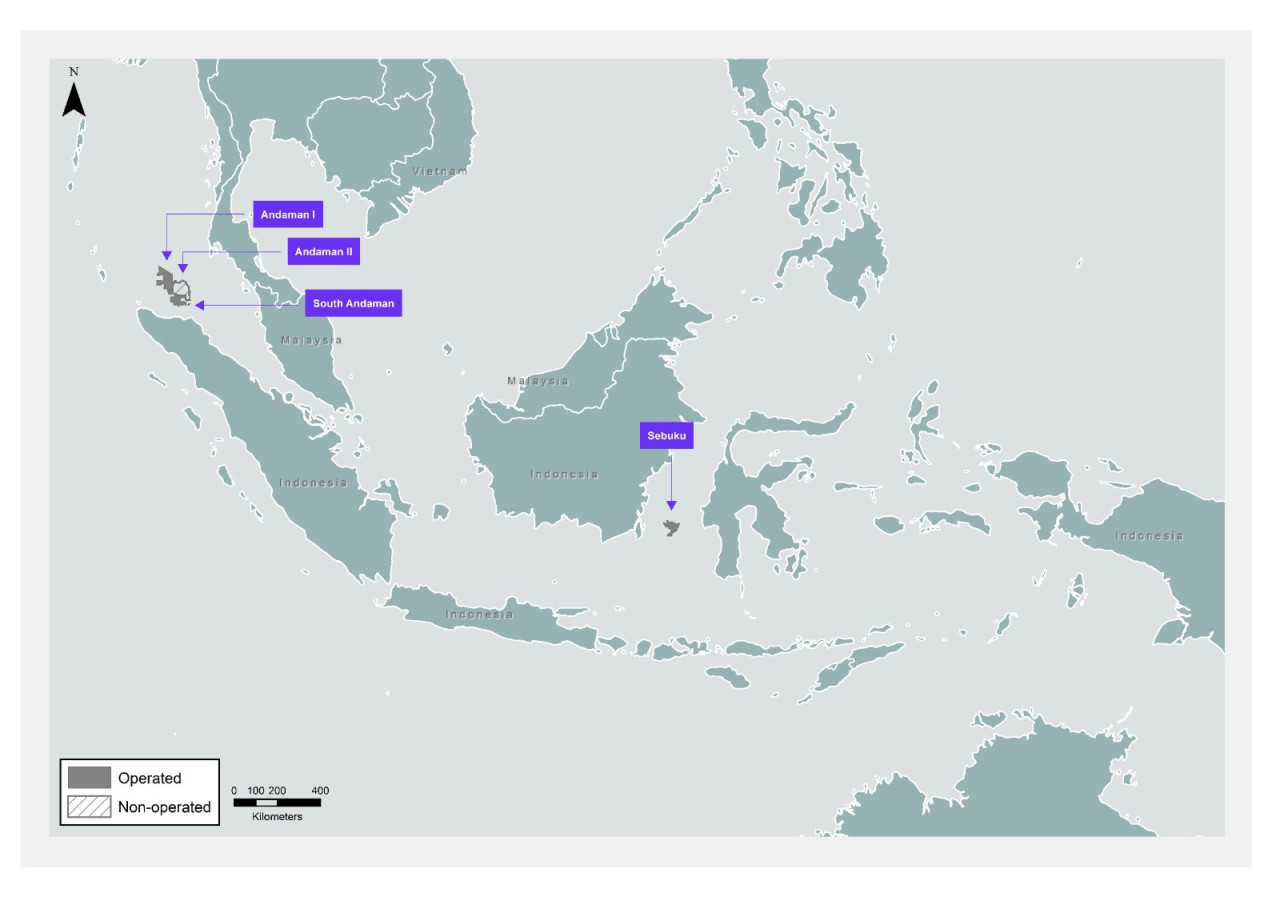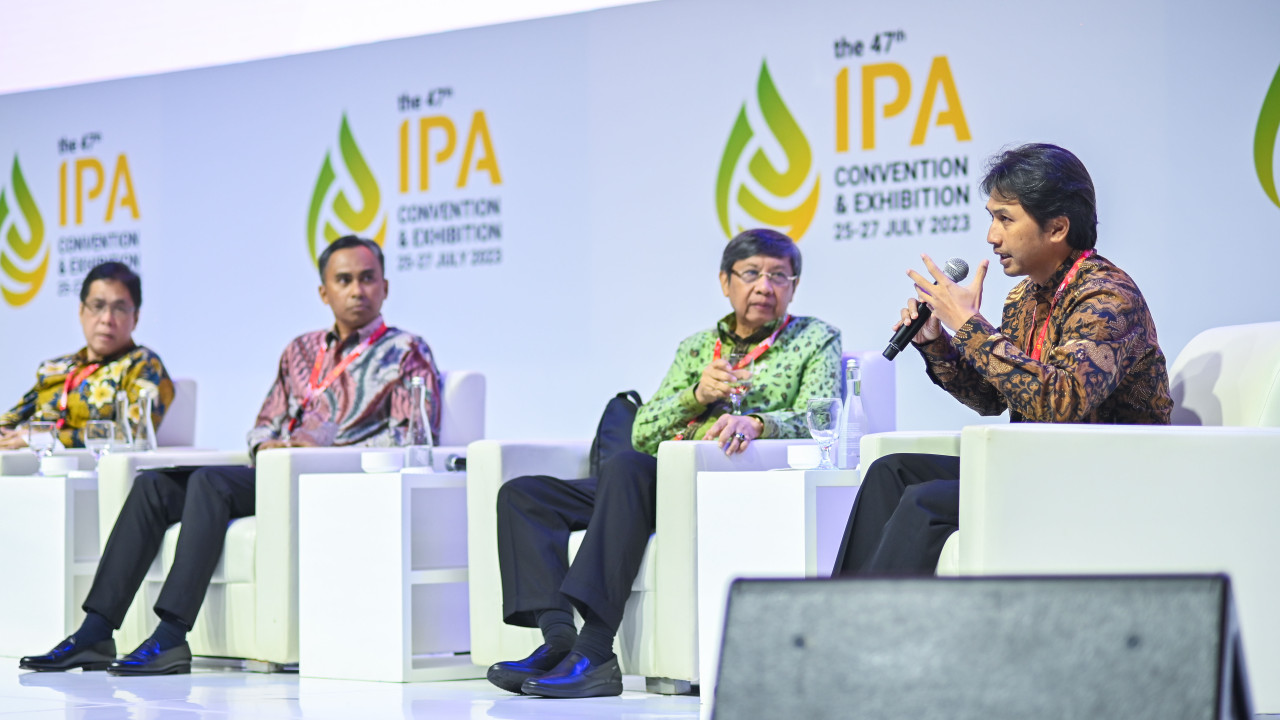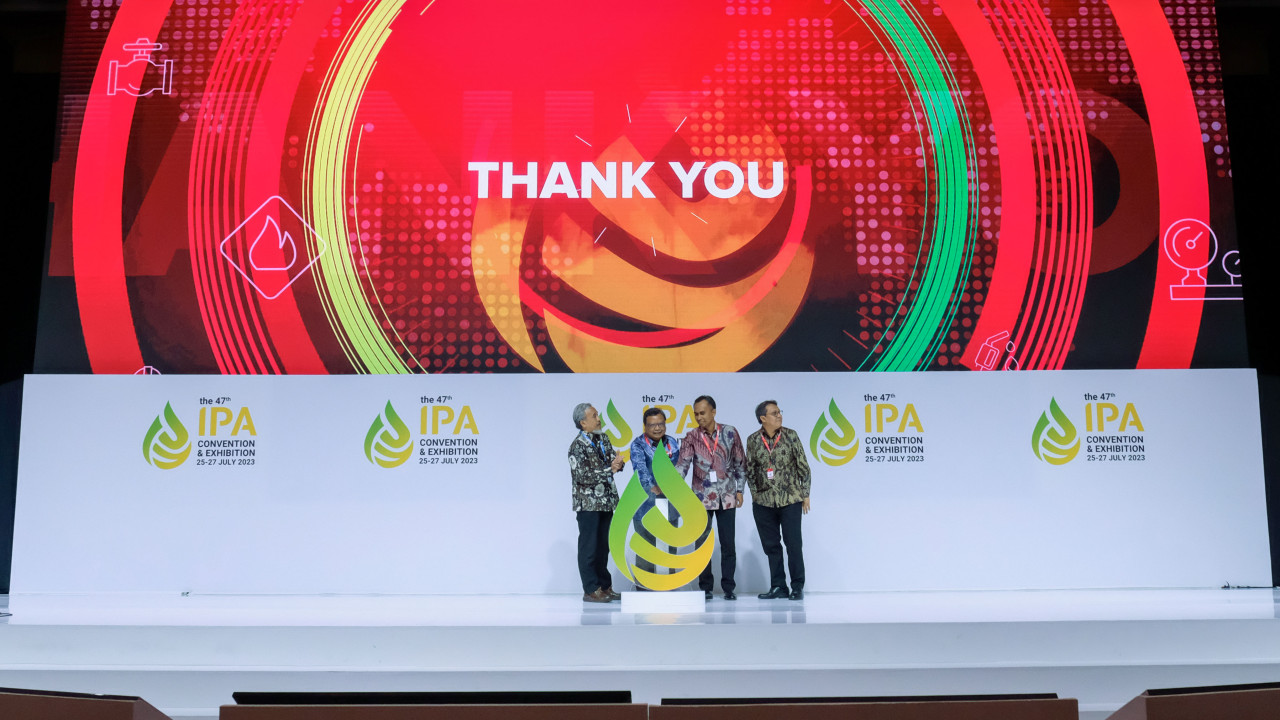Strengthening Regulations to Support Energy Transition
Thursday, 2nd September 2021 | 14.00-16.00
“Indonesia’s Energy Transition Plan”
Climate change pushes various countries – including Indonesia – to undertake an energy transition to produce cleaner energy. The energy transition program has been stated in Presidential Regulation No. 22 of 2017 on National Energy General Plan (RUEN).
In RUEN, the use of clean energy through the use of natural gas and new and renewable energy (NRE) will continue to be encouraged. However, these efforts must be carried out properly considering the dependence on fossil energy is still quite large.
"In 2020 Indonesia still depended on fossil energy with a percentage reaching 88.8 percent, while the realization of NRE only reaches 11.2 percent," said Secretary General of the National Energy Council (DEN) Djoko Siswanto.
Therefore, he said, various strategies are needed to carry out the energy transition in development. These include optimizing the use of gas as clean energy for domestic needs, setting fiscal and non-fiscal policies in the energy sector, and increasing the added value of gas. "The contribution of gas as a transitional energy includes domestic natural gas for fertilizers, petrochemicals and other industries," he said.
This is also in ine with efforts to reduce carbon emissions in the energy sector, considering that the energy sector has a carbon emission reduction target of 314-390 million tons of CO2e by 2030 under the Paris Agreement.
In general, the current government’s efforts to achieve emission reduction target in the energy sector are by increasing the use of NRE power plants; substitution of coal with biofuels and co-firing of steam power plants (PLTU); use of electric vehicles; as well as the use of green fuel.
Director General of Climate Control at the Ministry of Environment and Forestry (KLHK) Laksmi Dhewanthi explained that currently they are working on regulations to achieve the emission reduction target by 2030 in accordance with the nationally determined contribution (NDC). Moreover, the Ministry of Environment and Forestry together with other ministries are preparing the Long-term Strategy document on Low Carbon and Climate Resilience (LTS-LCCR) 2050 which targets net zero emissions by 2050.
Specifically for energy, Laksmi hopes that this sector can reach a net sink by 2030. This is a condition where there is a balance between carbon emissions released and those successfully absorbed. To support this, various modalities and supporting systems have been developed, including regulations. "Currently, a presidential regulation concept regarding the economic value of carbon is being drafted to support the achievement of NDC," she said.
Laksmi explained that the regulatory concept will introduce four schemes, namely carbon pricing, result-based payment mechanism, carbon taxation, and a combination mechanism. As for carbon taxation, this levy on carbon does not have to be in the form of a carbon tax, it can be in other forms. "This mechanism will be chosen by sectors that have a target to reduce GHG emissions in accordance with the characteristics and roadmaps of the sector itself," she said.
Laksmi highlighted that environmental economic instruments, including taxes, refer to Government Regulation Number 46 of 2017 on Environmental Economic Instruments. The core of the Regulation is that the instruments used are not only for economic purposes but also to achieve environmental protection.
Chairman of Commission VII of the House of Representatives Sugeng Suparwoto said the government is currently drafting the NRE Law to provide legal certainty regarding energy transition efforts in Indonesia. However, the House of Representatives still pays attention to the oil and gas sector and encourages the upstream business to remain attractive. “Although NRE will be accelerated, oil and gas remain a serious concern. Commission VII oversees oil and gas improvement, if not controlled, consumption will continue to increase. The government fully supports the NRE but does not ignore the demand for oil and gas supply," he said.
According to British Petroleum (BP) Group Chief Economist Spencer Dale, one way that oil and gas sector can use is the use of carbon capture, utilization and storage (CCUS) technology. “The world will be able to reduce emissions because of the big role of CCUS. The potential for reducing carbon emissions is quite large up to 4-5 giga tons by 2050 in the rapid scenario. Meanwhile, according to the IEA, through the net zero scenario, the emission reduction will reach 7 giga tons," he said.
Although the CCUS scale is quite large, the investment required is relatively small compared to the development of wind and solar power. According to Dale, CCUS is very likely to be realized as long as it is supported by the right policies and incentives. Even decarbonization efforts without CCUS would be difficult and expensive. “The United States (US) has a tax relief policy for CCUS investors. This is an example of the right and clear legal and policy frameworks to support CCUS,” he said.



